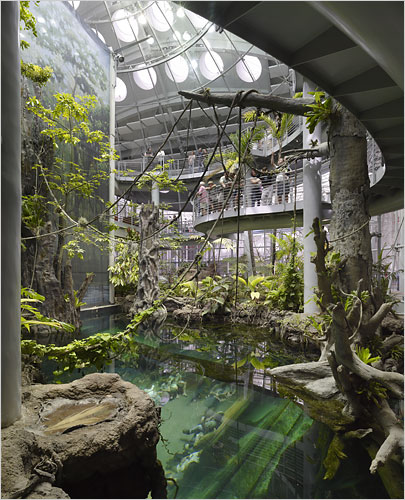
Autumn Harvest Basket wallpaper
National Wildlife Federation’s Program Boosts Student Math Scores
Environmental education, defined as any educational activity that had a goal of producing citizens who had knowledge of the environment and its problems, as well as a motivation to solve those problems, is rooted in integrated education. It has become a popular and relevant addition to K-12 classrooms throughout the world. One example of an integrated environmental curriculum used in K-12 schools is the National Wildlife Federation’s (NWF) Schoolyard Habitat Program (SYHP). The SYHP grew out of an already existing NWF program called the Backyard Wildlife Habitat program that fostered the creation of backyard wildlife habitats by private landowners. In the SYHP, backyard wildlife habitats must also be used as an educational teaching resource.
Wildlife awareness and education is probably thought of as nice, but since schools are under the gun to produce results on standardized tests programs like SYHP aren’t thought of as a priority. But what if programs that include integrated curriculum strategies like SYHP helped with math scores,
Study results showed that students who participated in SYHP had significantly increased math scores when compared with peers from schools that used a more traditional curriculum.
Mars lander finds minerals suggesting past water
NASA’s Phoenix spacecraft has discovered evidence of past water at its Martian landing site and spotted falling snow for the first time, scientists reported Monday. Soil experiments revealed the presence of two minerals known to be formed in liquid water. Scientists identified the minerals as calcium carbonate, found in limestone and chalk, and sheet silicate.
But exactly how that happened remains a mystery.
That’s nice and all, but until they serve deep dish pizza I’m styaing right here.







You must be logged in to post a comment.